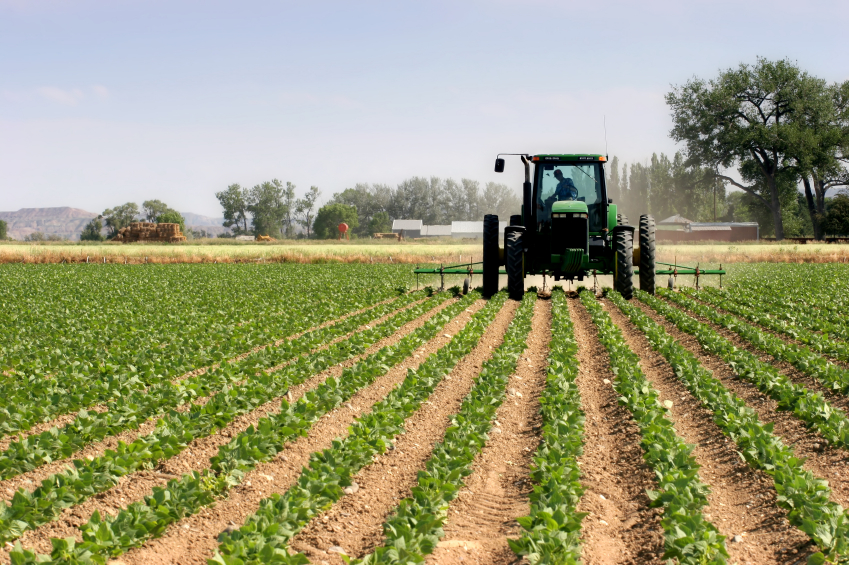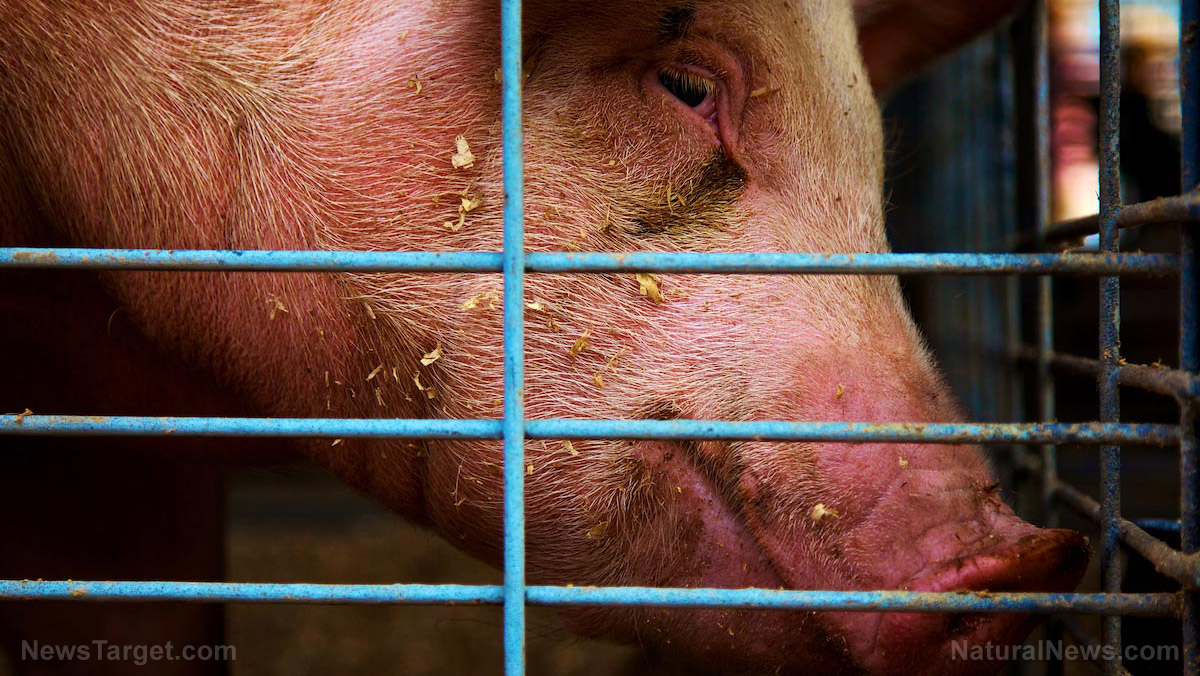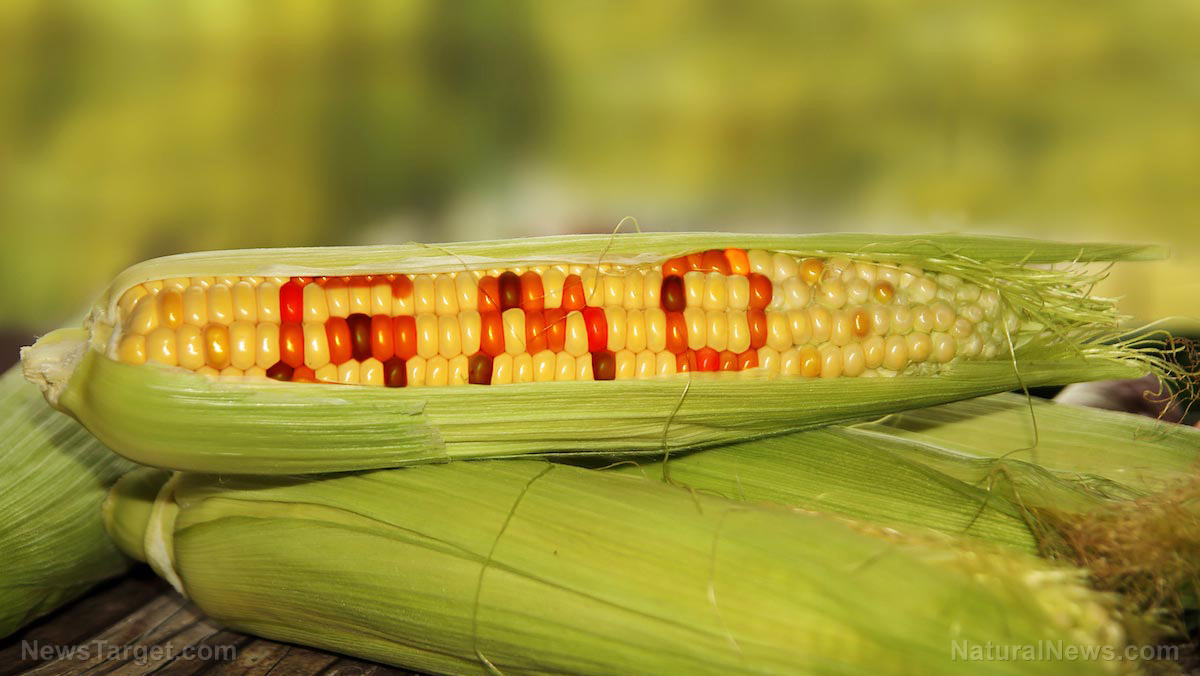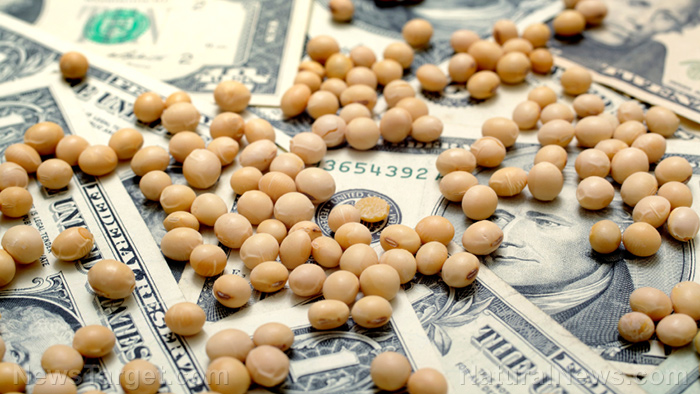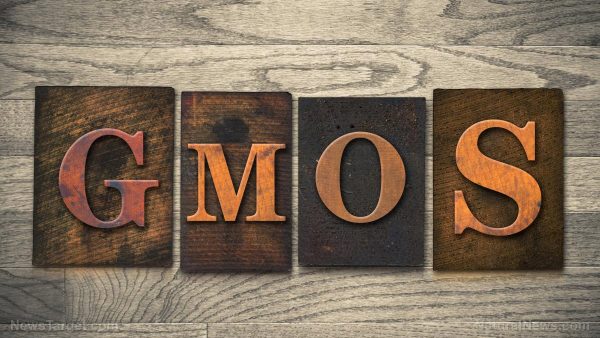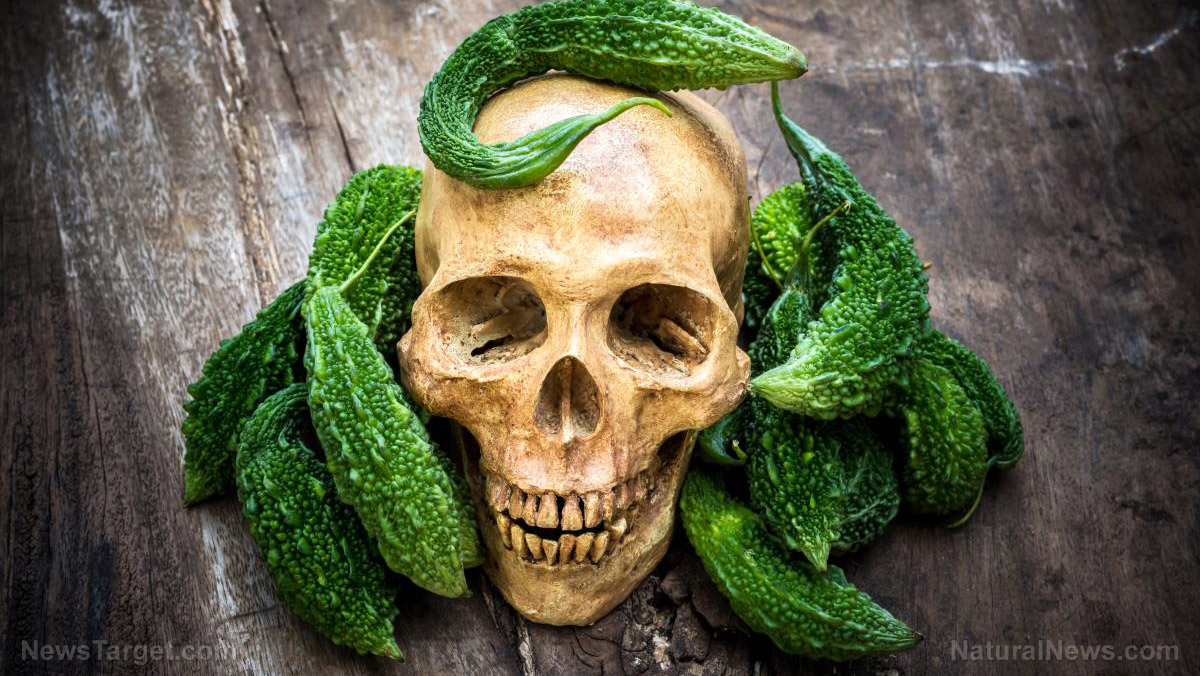With nearly 90% of U.S. corn crop GMO, companies are now having to import non-GMO corn to keep up with demand
08/19/2015 / By gmonews
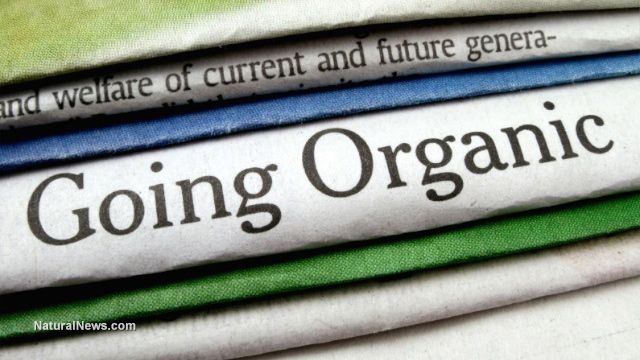
Obtaining high-quality, chemical-free food that’s actually grown in the U.S. — not just sold here — remains a challenge, and increasingly so as much of the so-called “food” grown on U.S. soil today is patented, genetically engineered imitation food. The latest data show that, as far as the availability of non-GMO, organic corn is concerned, as much as 90% of what’s being sold on grocery store shelves in the U.S. actually comes from overseas.
This is because demand for non-GMO, organic corn has far outpaced domestic availability, which is also increasingly the case for many other food crops. As the general public wakes up to the fact that we’ve all been lied to about what’s being sold to us as “food” — virtually every processed food item sold in the U.S. today contains unlabeled GMOs linked to causing cancer and other chronic diseases — demand for clean food, the way nature intended it, is skyrocketing.
Data compiled by the Organic Trade Association (OTA) and Pennsylvania State University (PSU) show that most organic corn sold in the U.S. currently comes from Romania, where 50 communes and four cities have declared themselves to be GMO-free, according to GMO-free Europe. Other countries from which the U.S. imports organic corn include Turkey, the Netherlands, Canada, Argentina and India.
A considerable portion of these organic corn imports are used as feed for chickens and cows raised to be certified organic under U.S. Department of Agriculture (USDA) guidelines. Naturally, this feed costs more to obtain not only because it has to be imported but also because of its scarcity, a serious market distortion that Laura Batcha, OTA’s CEO, says represents “a help-wanted sign” for U.S. farmers.
US remains world’s top grower of corn and soybeans, but most of it is of deadly GMO origin
Even as the U.S. remains the world’s top producer of corn and soybeans, organic and non-GMO food producers in the states are having to look elsewhere for clean, chemical-free corn and soy alternatives, as the vast majority of corn and soy grown in the U.S. is still GMO. So instead of U.S. farmers reaping the benefits of the burgeoning non-GMO and organic food markets, other countries are profiting instead, all due to the biotechnology industry corruption that created this market disparity in the first place.
“[I]mports to the U.S. of Romanian corn rose to $11.6 million in 2014 from $545,000 the year before,” reports Bloomberg Business, illustrating how much money U.S. farmers are losing by growing toxic GMO corn sprayed with deadly Roundup (glyphosate).
The organic sector in general in the U.S. is increasing at a rate of about 10% annually, which is about three times the growth rate of the overall food market, according to USDA and OTA data. Far from just a niche market, organic, non-GMO and chemical-free food sales likewise reached $35.9 billion in 2014, up 11% over 2013 — this same market now represents about 5.1% of overall U.S. grocery spending.
“With the markets at break-even prices for many farmers, we’re seeing more interest in organic land,” said Lynn Clarkson, founder of Clarkson Grain Co. in Cerro Gordo, Illinois, suggesting that we may have reached a tipping point domestically where U.S. farmers will start to massively shift their farming practices from conventional chemical agriculture to organic, chemical-free agriculture. “I’m not predicting a tidal wave, but I’m seeing twice as much interest in this as I have in the past.”
Sources for this article include:
Tagged Under:





